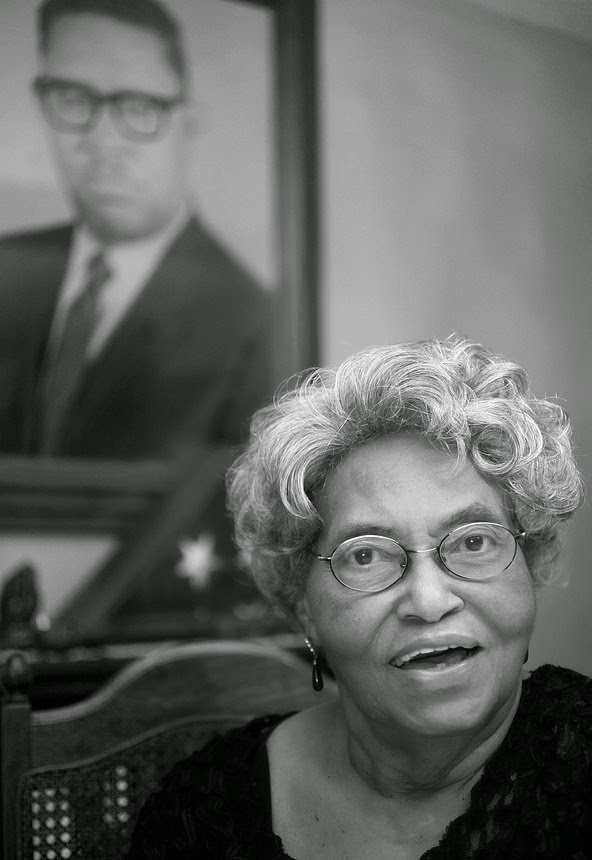A couple of opportunities for fame or for service to the cause!
Tom Braswell, Director of the Wellington Gray Gallery at East Carolina University, in Greenville, NC, has announced the call-for-entries for the 9th Photographic Image Biennial Exhibition, to be held at the Gallery, opening in Januray and up through February of 2015.
This Biennial is one of the major photography exhibitions in North Carolina. This year's show is being juried by Honored Southern Photographer Burk Uzzle.
The deadline for submissions is November 1, 2014. You can find the Prospecus for this show, with all the details for submission of entries, here.
Also, the good folks at Southern Glossary have announced an Instagram site, and launched a search for people to serve as curators of the site.
Here is how they describe the position:
"Southern Glossary began just over a year ago with the idea of focusing on stories, artists, and performers from across a region instead of just in individual cities or towns. So, true to that mindset, we are looking for a variety of curators from all states in the south and across disciplines.
"While Instagram obviously favors the medium of photography, we are looking for more than that. We want to see the details of artists’ lives, their process, and their surroundings. Those are the same kinds of things we prioritize in our articles, and it’s how we want to differentiate our Instagram from others.
"Interested? Here’s what we’re looking for in a curator:
- You’re an artist working in photography, visual arts, sculpture, or the documentary arts (sorry, no musicians or theater performers at this time)
- You are a working (but not necessarily professional) artist with active projects
- You already have an active Instagram account and are familiar with the app
- You live in West Virginia, Virginia, North Carolina, South Carolina, Georgia, Florida, Alabama, Mississippi, Louisiana, Arkansas, Tennessee, or Kentucky
- You can commit to a week of sharing content
If you are looking for an opportunity to try your curatorial skills, here's your chance. For more details, go here.





































